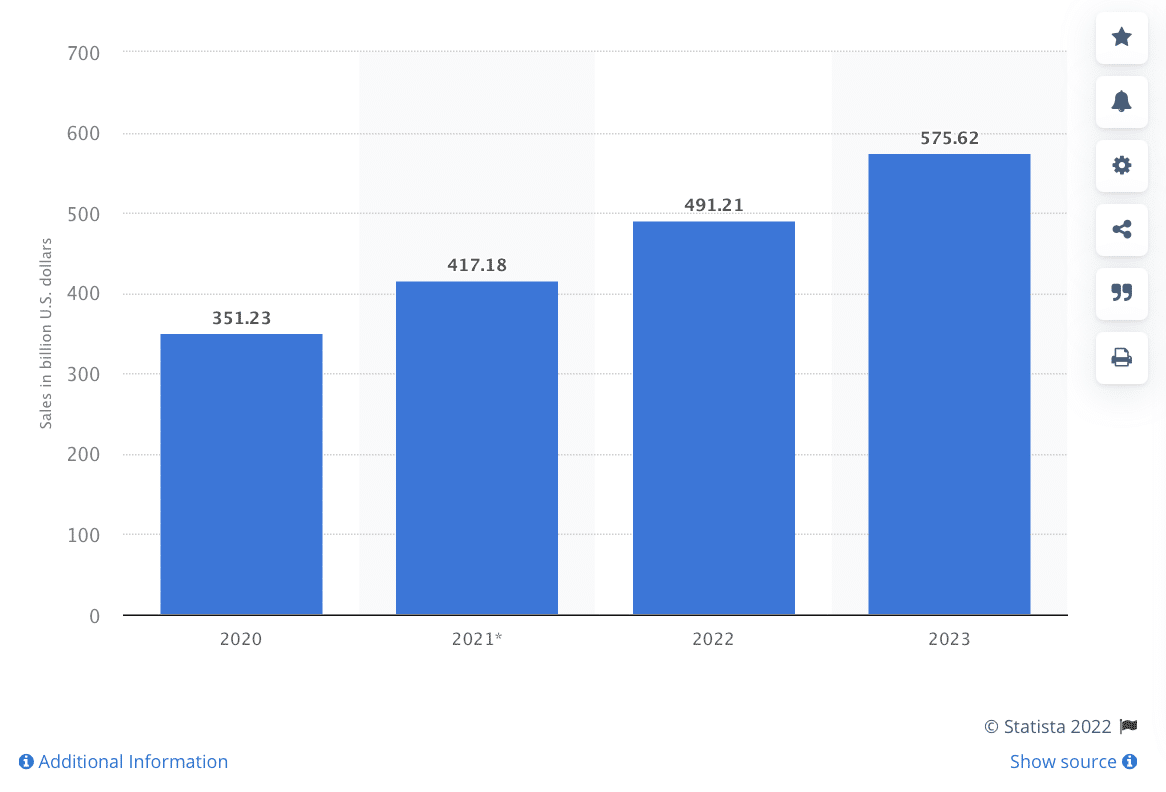Is It Worth Selling Products Via Multiple Channels?

Are you a WooCommerce store owner considering whether you should sell through multiple channels?
Most people begin their ecommerce journey by selling through one channel – such as a WooCommerce store. As you grow, many decide to look at other channels in order to improve reach. Multi-channel ecommerce is quite simply the practice of selling on more than one retail platform.
Of course, if you’re going to go multi-channel, that also means managing multiple channels, so it’s definitely worth weighing up the relative pros and cons before you take the leap. Here’s our rundown on going multichannel, and how WooCommerce can help:
The state of multi-channel
What’s happening out there in the multichannel-verse? To begin with, customers are using more channels than ever to both research purchase decisions and settle on a final purchase. For example, 82% of consumers will research a product online before ultimately making a purchase in a physical retail store.
Consumers are also bouncing between different online channels, comparing things like pricing, shipping cost and delivery schedules before deciding what and where to buy. For example, maybe your product costs a bit more on Amazon Prime than it does to buy directly from your website, but some customers will make the purchase because they want the two-day shipping.
Speaking of Amazon Prime, you might think sales events such as Prime Day are only beneficial to Amazon, but in the multichannel world, that’s not the case. 75% of consumers say they’ll browse competing retail stores before deciding to make a Prime Day purchase. This means depending on where you have products listed, you may be competing with yourself, but also that you’ll get more eyes on your products, whatever channel they’re on.
Two-thirds of shoppers use social media for some part of their shopping strategy. This includes research, with YouTube being the most popular channel for this purpose, followed by Facebook and Instagram. Social channels are also increasingly popular for making the final purchase.
Statista shows in the graph below that multi-channel ecommerce is only forecast to keep growing as more retailers adopt it as a strategy:

Should you sell on multiple channels?
Multichannel is increasingly popular, but that doesn’t mean that everyone should do it. We’ve got a breakdown of some pros and cons here:
Multi-channel selling: Pros
Some of the main benefits of multi-channel ecommerce include:
- Reach a wider audience. By being available on more channels, you can reach the customers that frequent those channels too, and (hopefully!) make more sales. You can also grow brand awareness, which in the long run may also help draw more regular customers to your WooCommerce store.
- Offer customer flexibility. Consumers tend to want more flexible options with how they do their shopping. For example, someone with an Amazon Prime account might prefer to use it because it’s convenient. They can add more items to their purchase than just your product. Offering your products on multiple channels gives people options.
- Gain more “social proof” or reviews of your products. Consumers heavily rely on reviews to help them make purchase decisions and when you’re on more channels that offer reviews, you can gather more of them. For example, they might look at your WooCommerce site and wonder what people are saying if you don’t have a lot of reviews there. They then look to eBay, Amazon or social channels for those reviews.
- Spread your risk. Ecommerce is a risky business, especially if your fate is in the hands of one platform. Adopting multi-channel means you spread your risk across several places. It’s common for businesses to get a suspension on Amazon or eBay, but that doesn’t happen on your WooCommerce store. On the other hand, if your WooCommerce store goes down, you can still sell products through your other channels.
- Achieve consistent sales and growth. Most ecommerce businesses start with a trickle of sales that fall inconsistently across the week. This makes it difficult to have consistent processes (or even employees) to manage them. Spreading across channels can encourage more consistent sales and economies of scale as you grow, especially if you integrate those other channels into your WooCommerce fulfillment system.
Multi-channel selling: Cons
Here are some of the cons of multi-channel sales:
- Platforms such as Amazon or eBay cost you money in fees to use. They’re also highly price-driven, so you can find yourself having to compete on price, which isn’t always viable.
- Pricing. Sometimes you end up competing with your own products between channels. Customers might prefer whichever channel seems cheapest, therefore cutting into your net margins.
- You have to manage every channel. This means responding to questions, updating listings and everything you usually have to do for your WooCommerce store customers, except on more channels.
- Increased inventory costs. You need to carry more inventory to sell on multiple channels. Additionally, if you’re using fulfillment of the platform (such as for Prime sales), you need to pay for storing inventory in one of their warehouses.
- You can increase complexity in your operation. For example, some channels have specific requirements for SKUs or customer service.
Setting up multi-channel with WooCommerce
Have you got some ideas for which channels you might want to add for selling your products? WooCommerce works with most of them – you just need to find the right plugin for the channel that you need. As a general checklist for plugins, here are some thoughts:
- Data should sync easily between WooCommerce and the chosen sales channel.
- You should have the option to manage all orders centrally from WooCommerce. This especially helps with things like inventory management, so that you get everything in one complete view.
- Products and inventory should sync in real time.
- You should have the ability to upload products in bulk from WooCommerce to your chosen channel (in most cases).
- You should have an automated shipping process, including providing customers with shipping information.
- The plugin should have good support and regular updates.
- The plugin should have good reviews.
- Installation should be simple and robust.
- The plugin should be well-made (it shouldn’t slow down your site with poor coding).
- It should work with key features that you’d like to have with the chosen channel. For example, a Facebook plugin should work with Messenger.

Ready for multi-channel sales?
Are you ready to list on multiple sales channels besides just your WooCommerce store? Weigh up those pros and cons first. For example, if you were to dramatically improve your reach, do you have the resources to service each channel? Can you manage orders and inventory without missing a beat? Do you have the finances to keep more inventory on hand?
You might find that you need to employ someone (or more people) to help you manage if your sales were to grow quickly. You also need to make sure that you’ve taken the time to understand how each platform works so that you can optimize your listings on each.
Check out how fees work for each platform too. Some will significantly eat into your margins, while at the same time, placing you in an environment where customers are quite price-driven.
In the meantime, make sure your WooCommerce site is as optimized for customers as possible, including your checkout experience. Take CheckoutWC for a free 7-day test drive here.